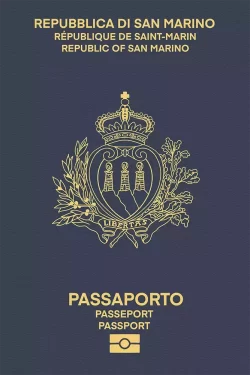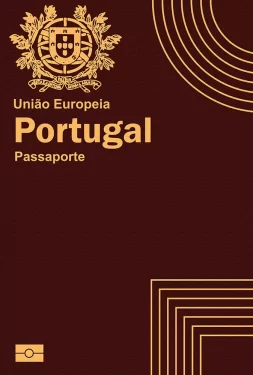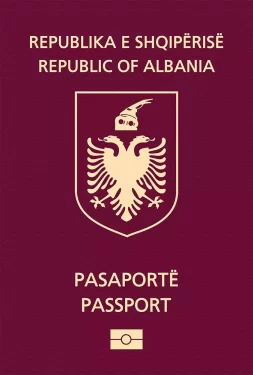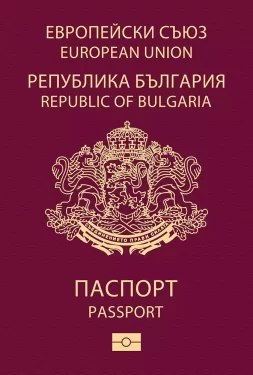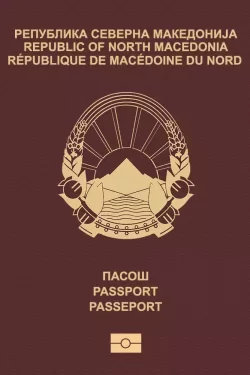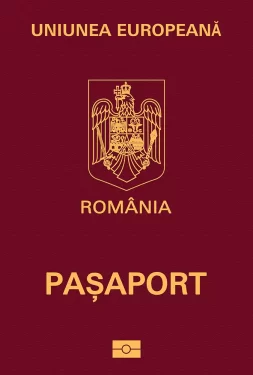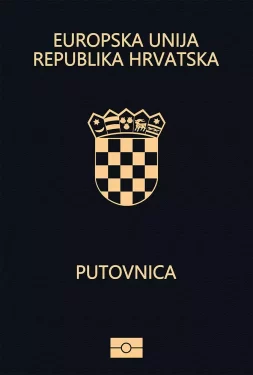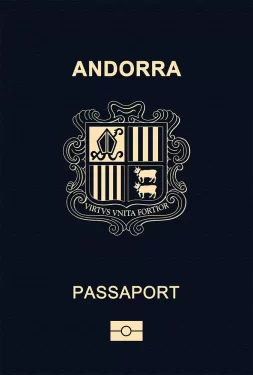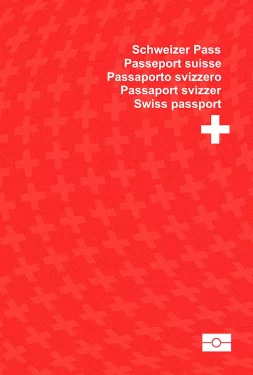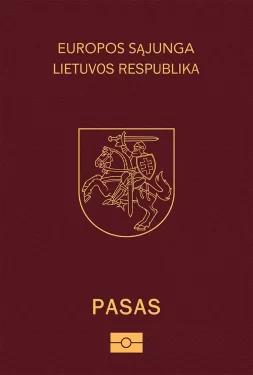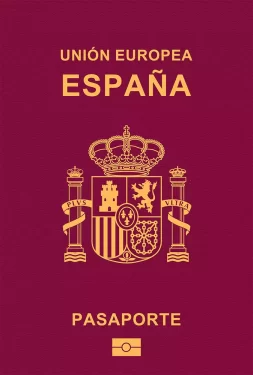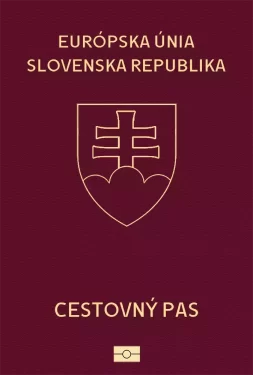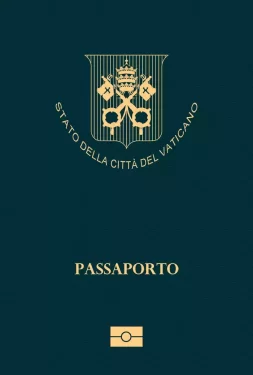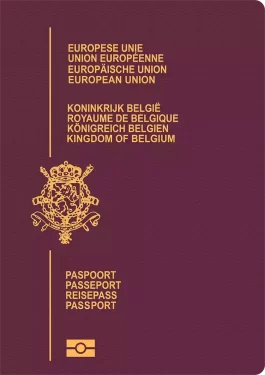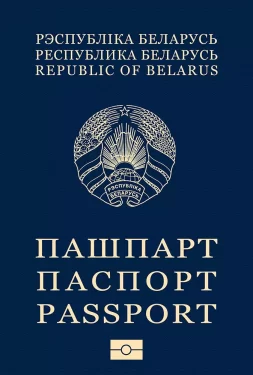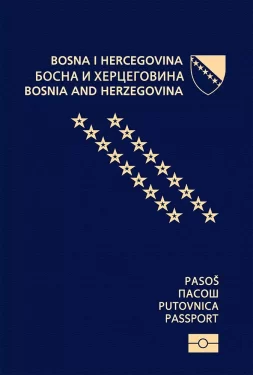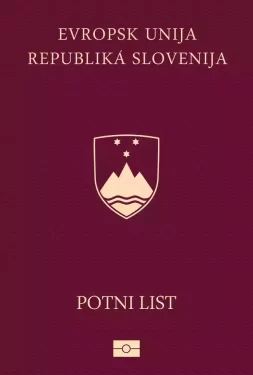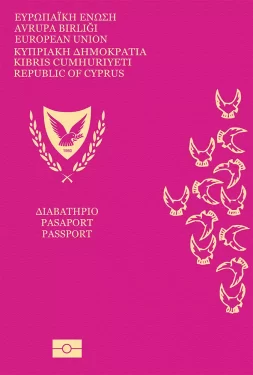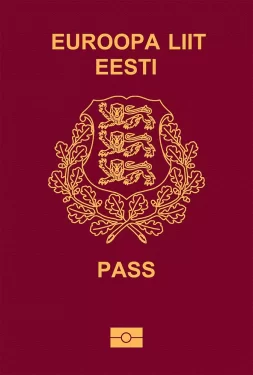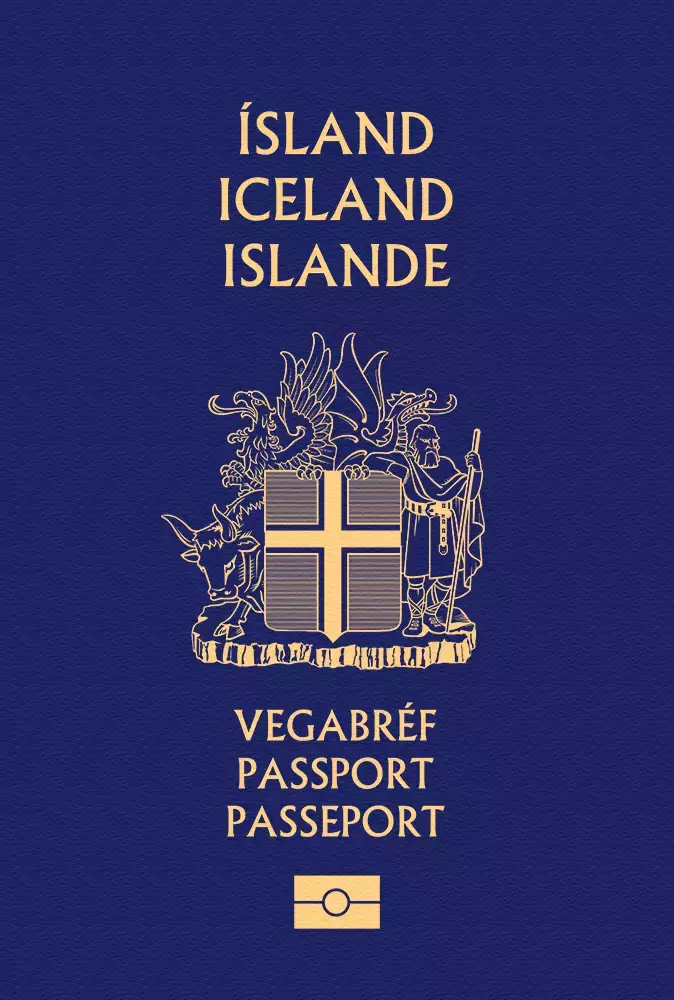

Iceland
Iceland passport ranking
The Icelandic passport is currently ranked 10th place on the Guide Passport Index. It provides visa-free access to 185 countries. With a high mobility score it is one of the best ranking passports in the world. Icelandic passport holders have visa-free access and visas on arrival to countries such as United Kingdom, United Arab Emirates, Japan and the entire European Union. This allows almost instant travel opportunities worldwide. Icelandic passport holders do however require a visa to enter about 44 destinations in the world. Some countries where a visa is required are China, India and Russia.
Iceland Passport Ranking
The Iceland passport ranking relative to other global passports is calculated by adding up the number of countries that allow Iceland passport holders to enter without a visa (i.e. visa-free countries) and those that allow Iceland passport holders to enter by obtaining a visa on arrival (i.e. visa-on-arrival countries) or an electronic travel authorization (eTA). There are currently a total of 137 Iceland passport visa-free countries, 34 Iceland visa-on-arrival countries, and 14 eTA destinations.
Altogether, Iceland passport holders can enter a total of 185 destinations—either without a visa, through a visa on arrival, or via an eTA. As a result, the Iceland passport ranks 10 in the world.
Separate from these Iceland visa-free countries and visa-on-arrival countries, there are 44 additional destinations which Iceland passport holders either need a physical visa to enter or an eVisa (i.e. visa required countries).
About Iceland
The island nation of Iceland consists of 8 regions. The most important regions are the Capital Region, Northeastern Region and Southern Region. It is situated in Northern Europe between the North Atlantic Ocean and the Greenland Sea. Iceland is the 17th largest country in Europe with a surface area of 102,775 square kilometers. Its climate is cold, cloudy and windy the majority of the year. The terrain is mostly plateaus, mountain peaks and glaciers. The coast is indented with fjords.
The overall population is around 376,248 people, making it one of the least populous countries in Europe. The capital of the country is Reykjavik, which is also the most populated city with 131,136 inhabitants. It is followed by Kopavogur and Hafnarfjördur. The largest airport is Keflavík International Airport (KEF) with 7.2 million annual passengers. The airport covers mostly international routes connecting Iceland very well to the European Union and North America.
Icelandic culture is dominated by North Germanic traditions. Due to its isolation the Icelandic language is closest to Old Norse from any Nordic language. The main religion is the Evangelical Lutheran Church. The official language is Icelandic. The legal system is based on the Danish Civil Legal System. The government type is a unitary parliamentary republic. The chief of state is the elect President Gudni Thorlacius Johannesson and the head of government is the elected Prime Minister Katrin Jakobsdottir. Elections are being held ever 4 years.
The official currency is the Icelandic Króna (ISK) with the current exchange rate being ISK 143 to the USD. The country has an open economy, generating a GDP of approximately $20 billion. Its citizens have a per capita income of $56,066. The GDP is mostly made up of 2 key sectors, which are services and industry. Some of the most important export products are fish, potatoes and carrots. The tourism industry alongside geothermal power play an important role in GDP contribution.
Iceland is very popular due to its unique atmosphere and untouched nature. There are 3 UNESCO world heritage sites in the country. Some of the major destinations include the Blue Lagoon, Geysers, the Northern Lights, the Maelifell Volcano, the Skaftafell Ice Cave and the Kirkjufell Mountain. The nation has a total of approximately 2.3 million tourists visiting every year with the majority originating from the United states and Europe. Tourism in Iceland is mainly active during the summer months.
